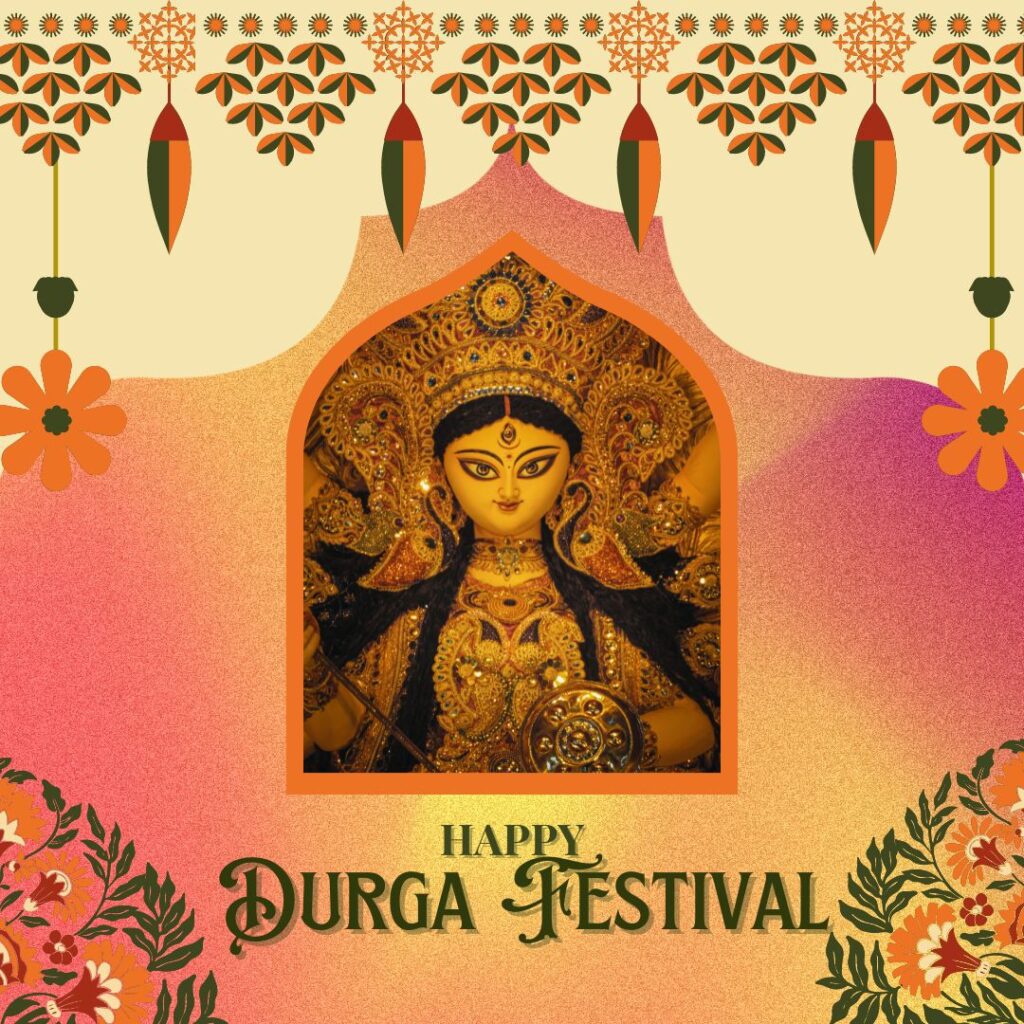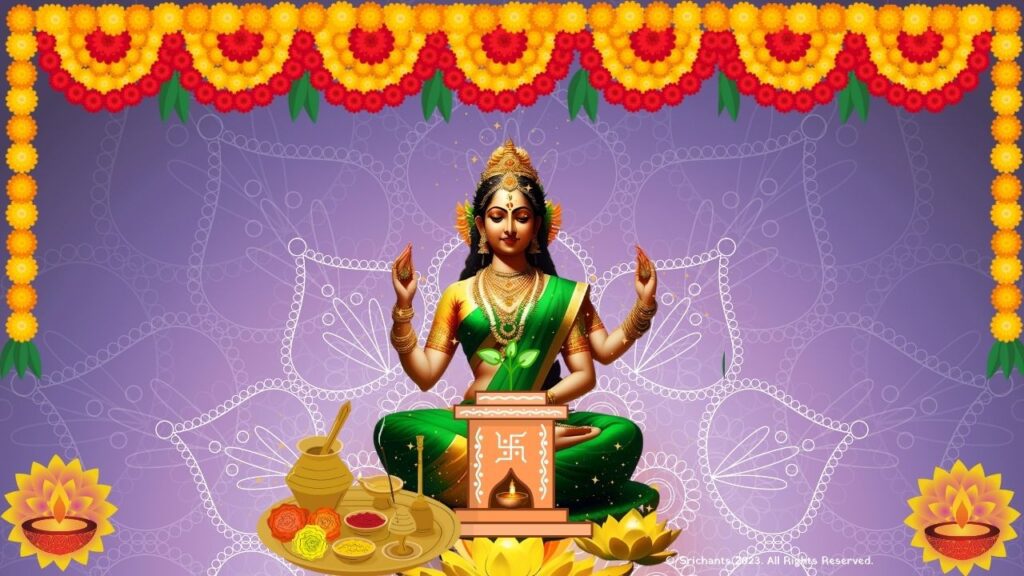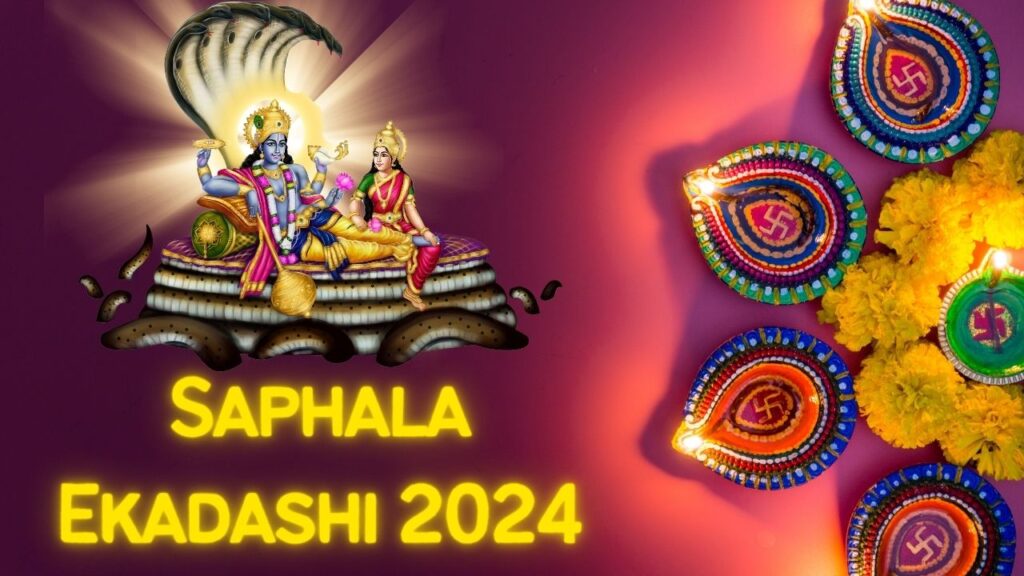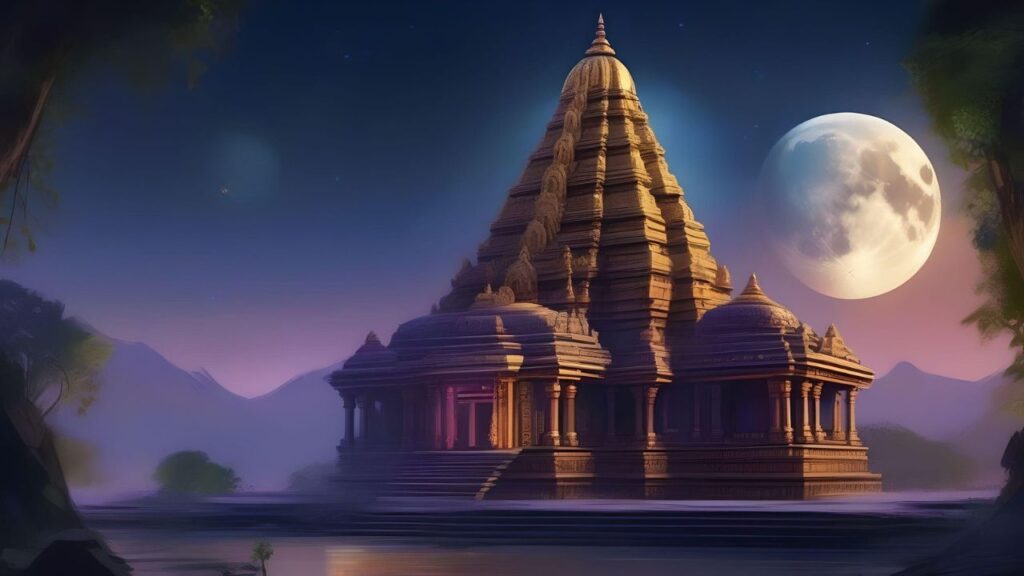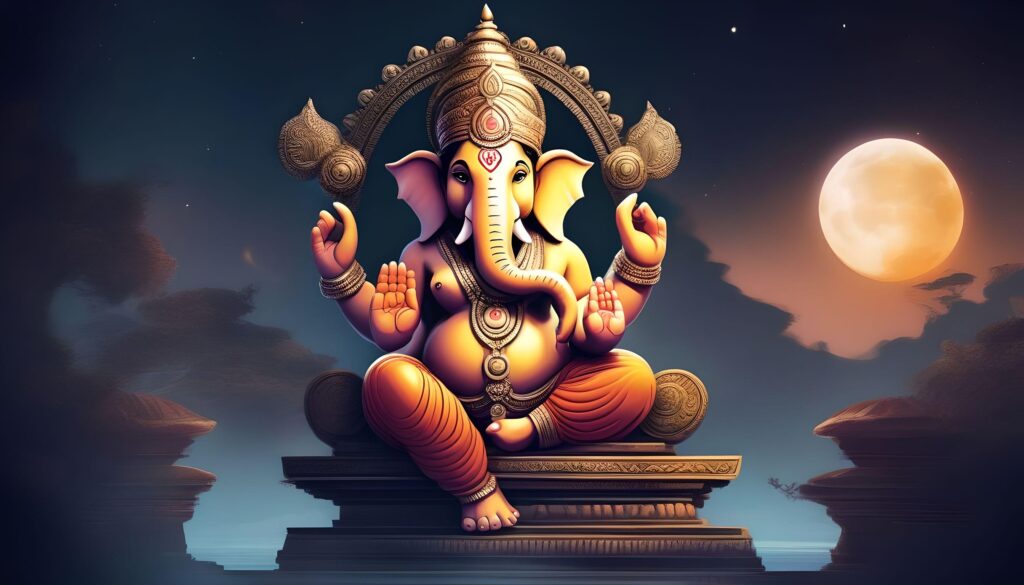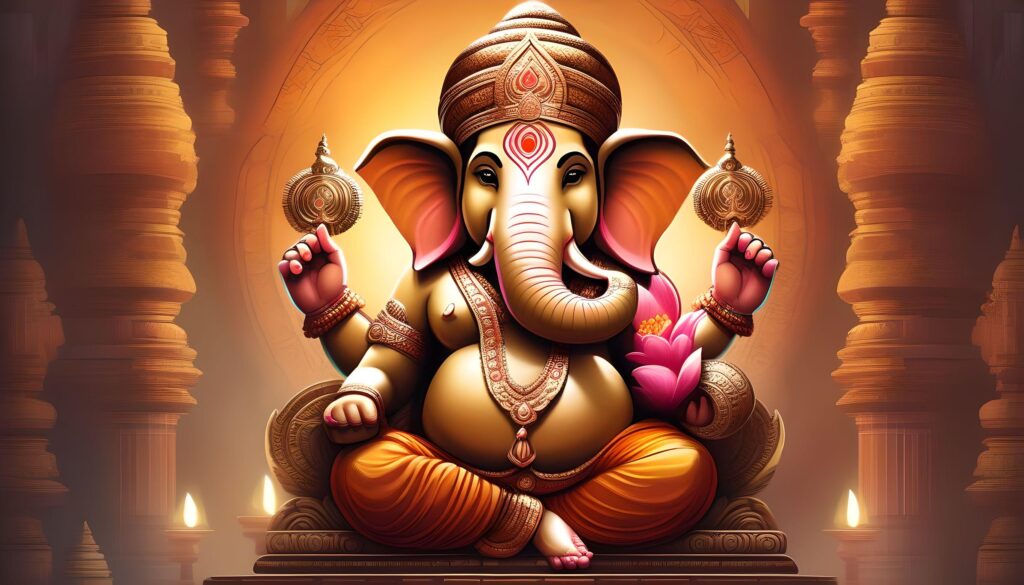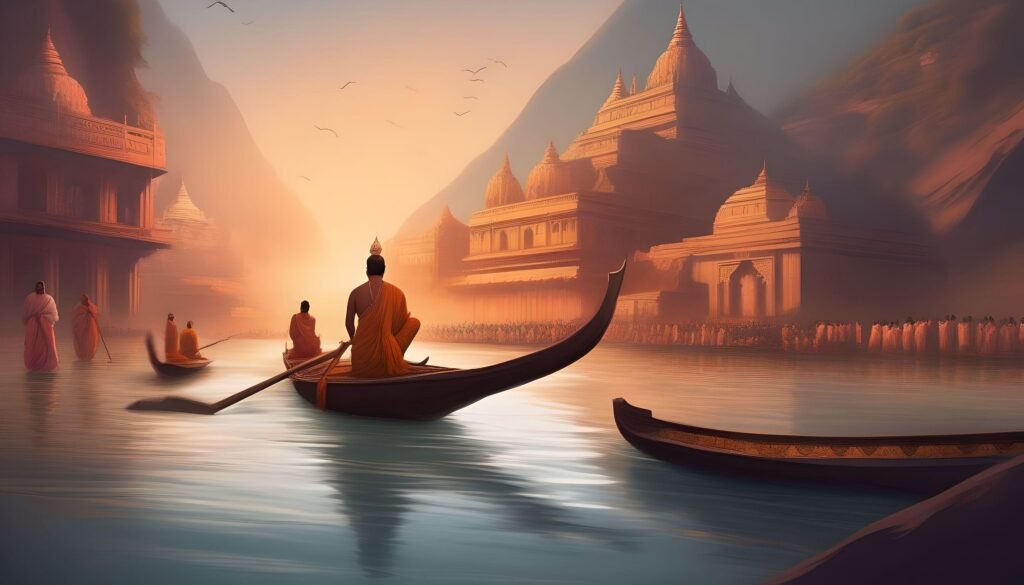Durga Festival: Unveiling the Spiritual and Cultural Significance
Introduction
Durga Puja, an annual Hindu festival that is celebrated in various regions of India, is of great spiritual and cultural importance. This festival is observed for a period of ten days and is dedicated to Goddess Durga, who is an incarnation of Goddess Parvati. The festival is celebrated with great pomp and magnificence in Kolkata, the cultural capital of India, where the grandeur of Durga Puja is evident.
The Birth of Goddess Durga
The three most potent Devas – Brahma, Vishnu, and Shiva – created Goddess Durga, according to Hindu mythology. The Devi Bhagvatam recounts the tale of her birth. Mahishasura, a demon who had acquired tremendous power through his devotion to Lord Brahma, had become invincible against all male beings. The Devas sought the assistance of Lord Shiva in order to defeat him. Shiva recommended that they construct a formidable female warrior. Consequently, the collective energies of numerous gods and deities were harnessed to create Goddess Durga. She ultimately defeated Mahishasura after a ferocious combat, symbolizing the triumph of good over evil.
The Significance of Durga Puja
Durga Puja is not only a religious festival, but also a commemoration of the feminine energy and femininity. It is a period during which women don traditional attire, participate in cultural activities, and ornament themselves with exquisite jewelry. The festival emphasizes the resilience and power of women, serving as a reminder to society of their capacity to surmount obstacles and adversities, much like the Goddess Durga.
The Grand Celebration of Durga Puja
Durga Puja is a magnificent celebration that is characterized by vibrant decorations and intricate rituals. The creation of the Durga deity, a masterpiece of art and craftsmanship, is one of the festival’s highlights. The idols are crafted by artisans who are highly experienced in Kumartuli, a neighborhood in Kolkata that is renowned for its tradition of idol production. The idol is constructed by shaping bamboo poles, stuffing them with straw and husk, and layering them with clay. The final finish is achieved by painting the idol in vibrant and vivid colors.
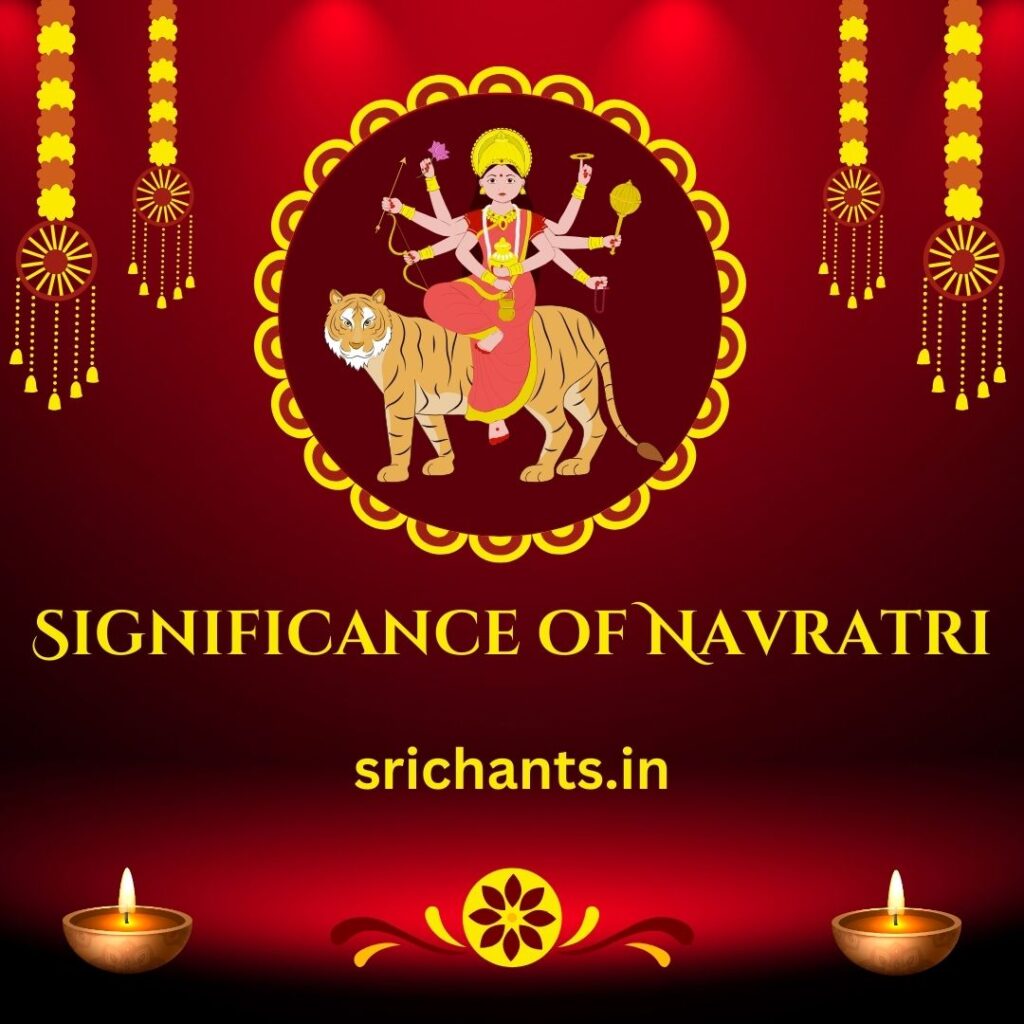
The Magnificent Pandals
During Durga Puja, pandals, which are temporary structures, are constructed to accommodate the idols. Bamboo, wood, and other materials are employed to construct these pandals, which are adorned with intricate sculptures, illumination, and artwork. The theme pandals, which are replicas of renowned monuments and palaces, contemporary social issues, or mythological stories, are one of the most captivating aspects of Durga Puja. Devotees convene at the pandals to offer petitions and seek blessings from Goddess Durga, transforming them into a center of worship.
The Nine-Day Celebration
Durga Puja is observed for nine sequential days, with each day being dedicated to a distinct aspect of the Goddess. The initial three days are dedicated to Goddess Durga, the subsequent three days to Goddess Lakshmi, and the final three days to Goddess Saraswati. Special prayers and rituals are conducted in honor of the respective deity on a daily basis.
The Cultural Extravaganza
Durga Puja is not only a religious festival, but also a platform for exhibiting the rich cultural heritage of Bengal. In Kolkata, a variety of pandals host cultural events, dance performances, music concerts, and art exhibitions. The city is captivated by the fragrance of dhunuchi, a type of incense, and the sound of dhak, a traditional musical instrument. Individuals from all spheres of life convene to commemorate and participate in the festive atmosphere.
The Culinary Delights
Durga Puja is no exception to the rule that no festival in India is complete without indulging in delectable cuisine. During this festival, Bengali cuisine is the focal point, featuring delectable dishes such as fish curry, shorshe ilish (hilsa fish in mustard sauce), mishti doi (sweet yogurt), and sandesh (a beloved Bengali treat). Near the pandals, food stalls are established to provide visitors with a diverse selection of delectable delights.
The Immersion Ceremony
The idols of Goddess Durga are immersed in water bodies on the tenth day of Durga Puja, which is referred to as Vijayadashami. This act symbolizes her return to her celestial abode. The Visarjan ceremony, also known as the immersion ceremony, is a magnificent procession that is accompanied by chanting, dance, and music. The Goddess is bid farewell by thousands of devotees, who also request her blessings for a prosperous year ahead.

The Spiritual Significance
In addition to the cultural extravaganza and celebrations, Durga Puja is of profound spiritual significance. The festival symbolizes the triumph of righteousness and the triumph of virtue over evil. It functions as a reminder to individuals to confront their inner demons and adopt positivity and righteousness in their lives. Devotees are able to establish a connection with the divine and seek blessings for calm, prosperity, and well-being through the rituals and prayers that are performed during Durga Puja.
The Global Impact
Durga Puja is not exclusively observed in India. Various regions of the globe, such as Bangladesh, Nepal, Sri Lanka, and other countries with a substantial Hindu population, celebrate it. The festival’s spiritual significance and cultural vibrancy have earned it global recognition and appreciation.
Conclusion
Durga Puja is not merely a religious festival. It is a platform for cultural exchange, an exhibition of art and craftsmanship, and a celebration of womanhood. Durga Puja is an unforgettable and unparalleled experience due to its magnificence and significance. Therefore, during this auspicious period, immerse yourself in the festivities, observe the breathtaking decorations, appreciate the delectable food, and seek the blessings of Goddess Durga. May the spirit of Durga Puja bring joy, prosperity, and harmony to all.
